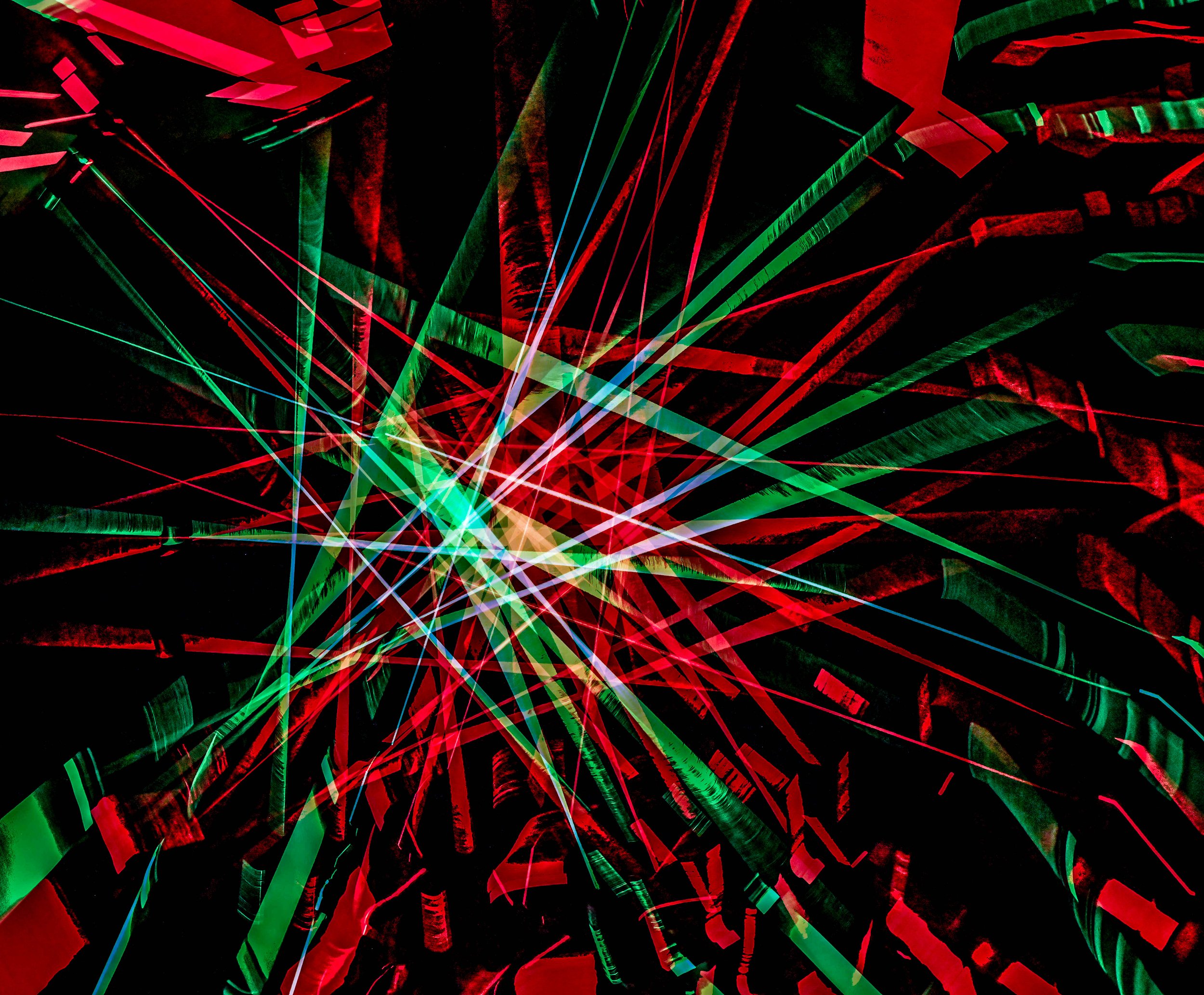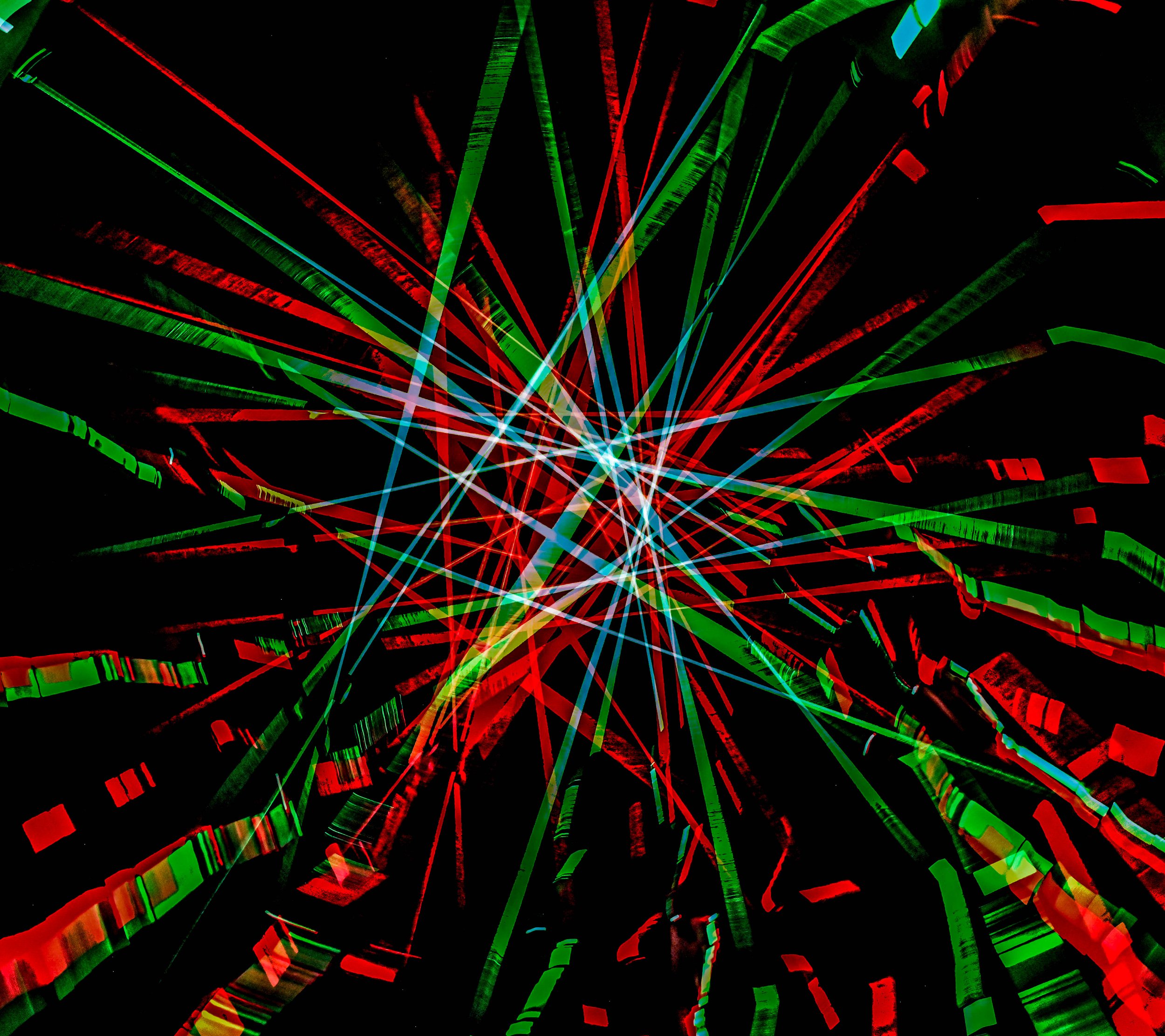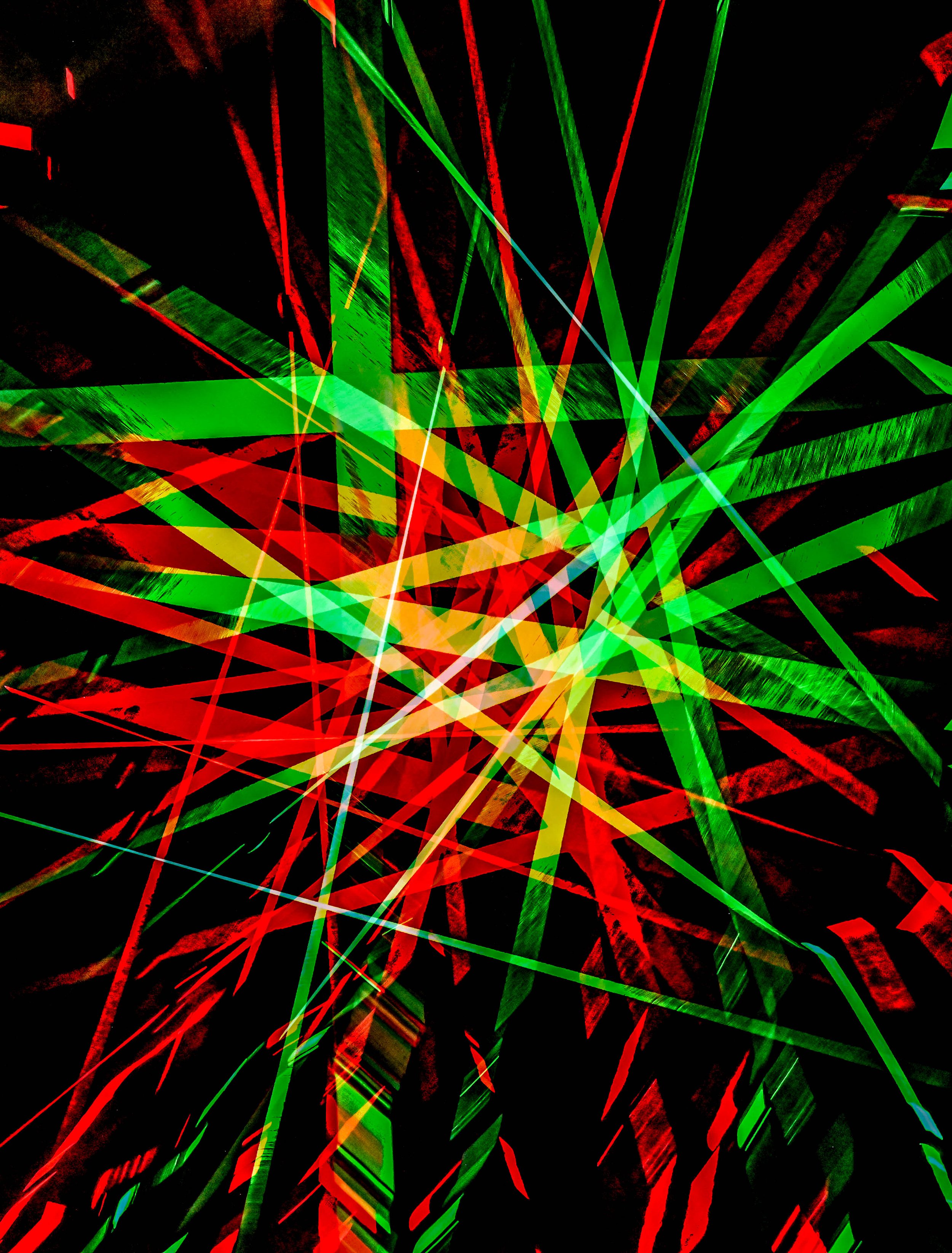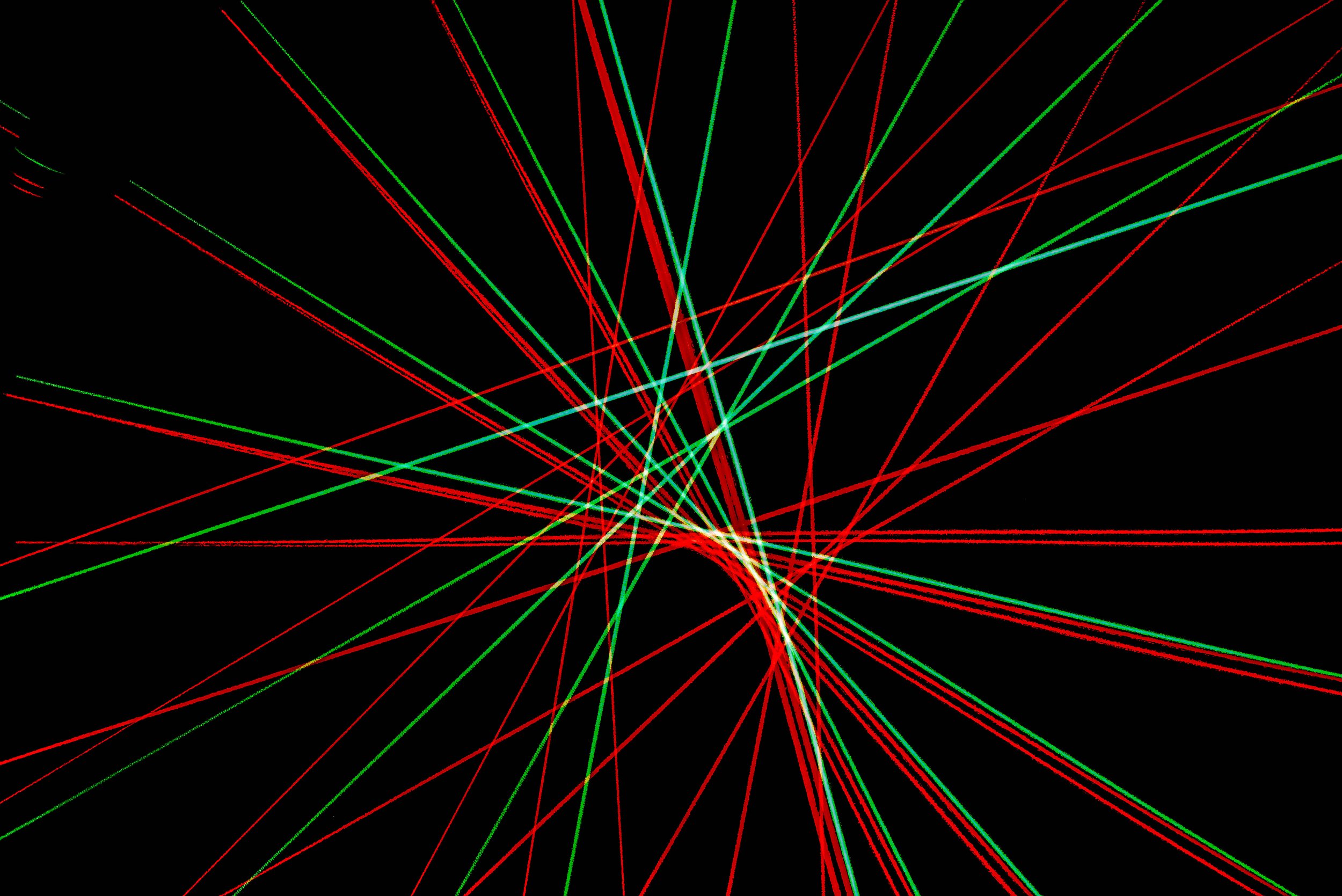KINETICS
Musical composition is an art of abstraction, using an aural language to convey a full range of emotive experience: happiness, melancholy, angst, tension, relief, love, wonder. We are moved by what we hear. The language of abstract painting composition has the same emotive range, conveyed by color, shape and spatial relationships. We are moved by what we see.
The primacy of pure feeling in the creative arts spawned many art movements: Constructivism – the shaping of reality by effectuating light and movement through dynamic geometric forms, Suprematism – supremacy of feeling or perception of real objects, of pure visual sensation transcending physicality, German Expressionism – exploration of the spiritual values of abstracted forms and prismatic colors, and Plasticism – insisting on absolute mutual equivalence for all constituent elements as a blueprint for peace and world order.
Though a less used medium for abstract expression, photography took an early foothold in these art movements, by using a camera as might a painter use a paintbrush, to express the subjective anatomy of the human condition. A subset of photographic abstractionism is kinetic photography: the shaping of static light by camera movement. The kinetic photographs here, endowed by these early twentieth century art communities, and in particular, the artistic vision of Laszlo Maholy-Nagy, are pure photographs, composed entirely by shaping light produced by a beamed or scaffolded illuminants through controlled movement of a hand-held digital camera.
In an increasingly fractured society, it is necessary to give voice to the beauty of connection. Most of the kinetic photographs here should be viewed with this maxim in mind, though as with any work of abstract art, its meaning is equally derivative of the personal experience you impose upon them.














